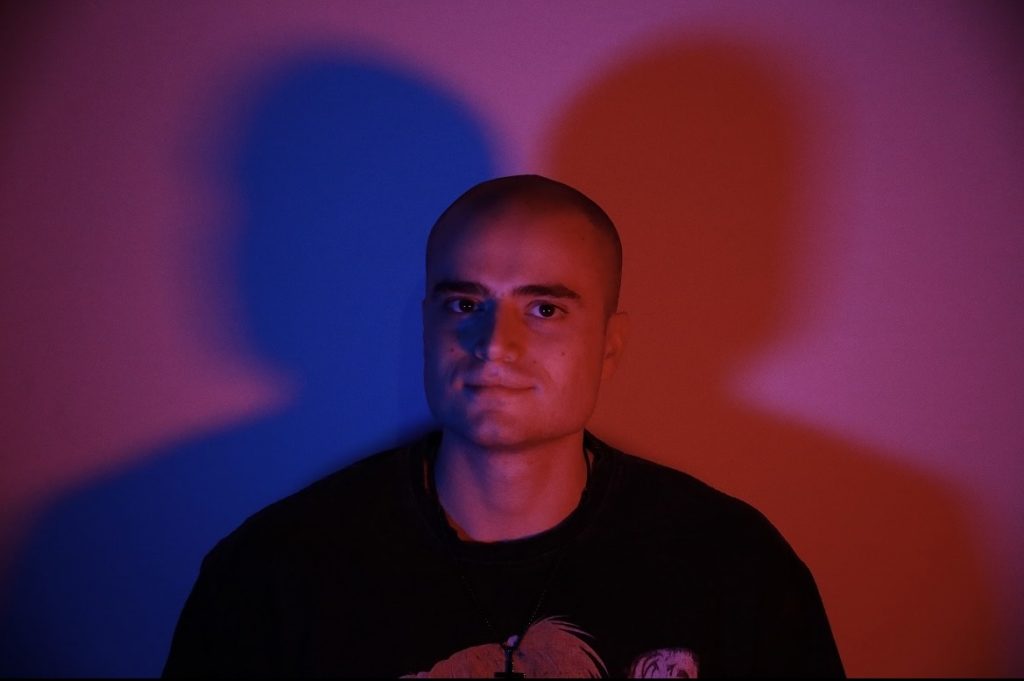Spider-Man is one of fiction’s most recognizable characters. His franchise has made over $9.25 billion at the box office since 2002. His comics have also been going strong since 1962, and the character’s popularity has only increased since. Rewinding the clock back to 2000, Marvel Comics launched a company-wide new line of graphic novels, starting with the friendly neighborhood web-head. These comics were dubbed the “ultimate” series, hosting brand-new interpretations of beloved characters like Spider-Man, Iron Man and Captain America, and were made at a time when other Marvel comics were not performing too well financially. These new interpretations of the characters didn’t replace the originals — they were made to be read alongside the main series of comics. Not only did the comic book series Ultimate Spider-Man (USM) sell gangbusters, but it also repopularized the character of Spider-Man due to the comic’s incredibly realistic writing style, unique interpretations of classic characters and energetic art style.
Brian Michael Bendis is now a famous comic book writer, with a portfolio ranging from the Avengers to Daredevil and Superman, but he became famous through his decade-long work on USM. Most comics throughout their life span have a changing team of writers — the original Spider-Man comics have had hundreds of different writers and artists. USM is special because it had the same writer during its entire run, spanning 160 issues. A comic issue comes out once every month, so a consistent writer over all that time is nothing short of a rare case. What’s even rarer is how expertly the dialogue is written here. The dialogue is abundant, but the style of writing is so human and relatable. Peter Parker is a 15-year-old in this series and he jokes, thinks and talks like one.
Peter and the main cast are all younger and this youthful energy is translated into the writing. Characters have great chemistry and banter that is funny and realistic. Spidey is known to be a wise-cracker, but the younger, more angst-filled edge to this Spidey makes his jokes even funnier. To beat Doctor Octopus, Spidey webs his pants down to his ankles, embarrassingly shows his underwear to a crowd and then punches him into next week.
The main draw of the ultimate comics was seeing fresh, new interpretations of classic characters. Spider-Man is young and angry — he’s got a chip on his shoulder, but he’s still heroic and always does the right thing. Where the ultimate universe shines, however, is with the villains. The villains in USM are incredibly unique in comparison to their original counterparts. Take Norman Osborn, one of Spidey’s most infamous antagonists. In the original comics, he’s a scientist and businessman who takes a serum and puts on a goblin suit — very cheesy, but lovable. In USM, Osborn takes a serum that physically turns him into a horrifying, grisly goblin monster.
Venom, another one of Spidey’s most famous villains, is no longer an alien from another world but is man-made and was created by the parents of both Peter and his former best friend Eddie Brock. These two changes are great because they add so much to these already-established characters. The Green Goblin is terrifying in this comic because he looks demonic. He gets more muscular and spikier and has a pointy, demonic grin that gave me nightmares as a kid. The same can be said for Venom. The character now has a tie to Peter’s dead father, making it more important that Peter stop him. Other interpretations of these characters lack the same energy and vibe due to the fast-paced style of writing as well as the great art that goes along with them.
Speaking of the art, Mark Bagley’s art in USM is nothing short of iconic and stylish. Bagley drew USM for its first 111 issues. Bagley’s art is detailed and colorful, and it brings life to Bendis’ action scenes. Spidey moves around the page with the grace and speed of an acrobat. The action is intense and fun to read. Spidey is always the clear focus, and his quips and constant jokes make the action even more entertaining. The artwork here by Bagley and later artists Stuart Immonen and David Lafuente encapsulate USM in one word — iconic. This series perfectly encapsulates Spider-Man in high school because ample time is spent with the supporting cast, making them all lovable and relatable. The Peter Parker drama is just as intense and fun to read as the Spidey action because the writing and art are so consistent and stylized, and they combine to make a series that leaves the reader on the edge of their seat every issue. No other Marvel comic has had the style and pace of USM. This series is many fans’ definitive Spidey comic, and even 23 years after it was first released, many comic fans still look back on it as one of Marvel’s best works.
Nicolas Scagnelli is a junior majoring in English.



